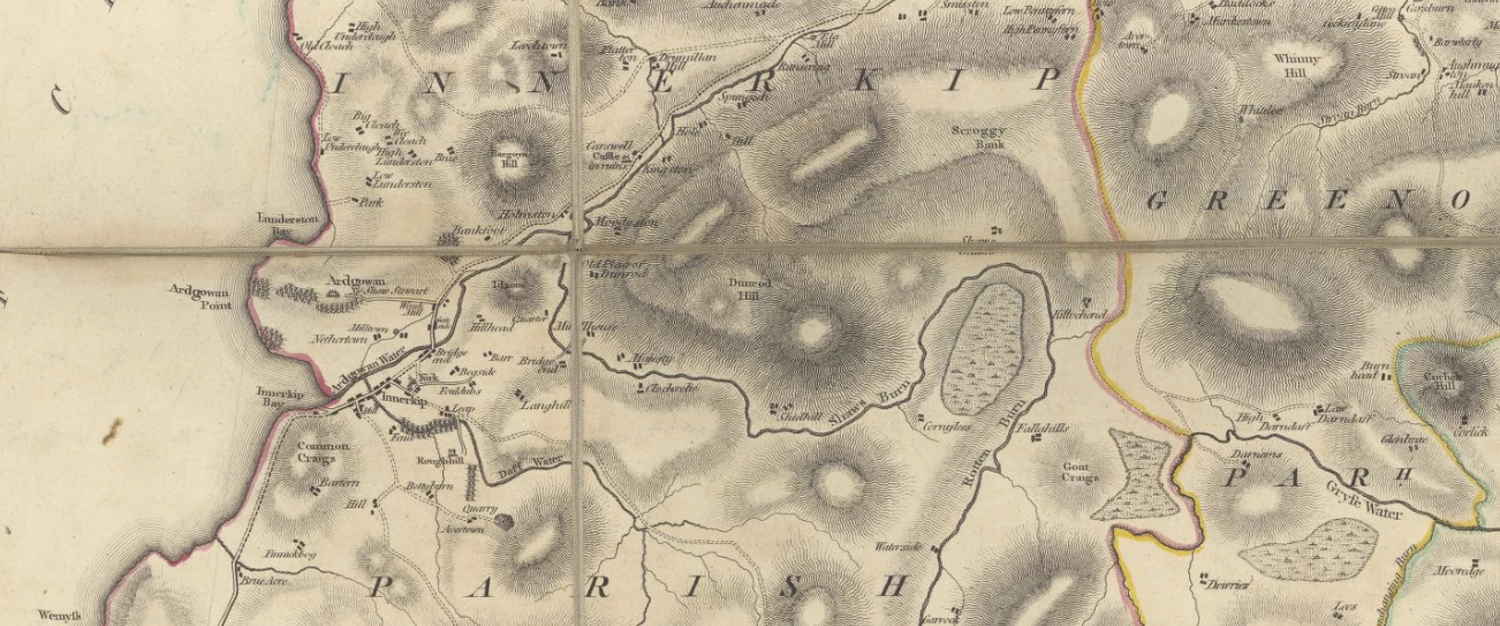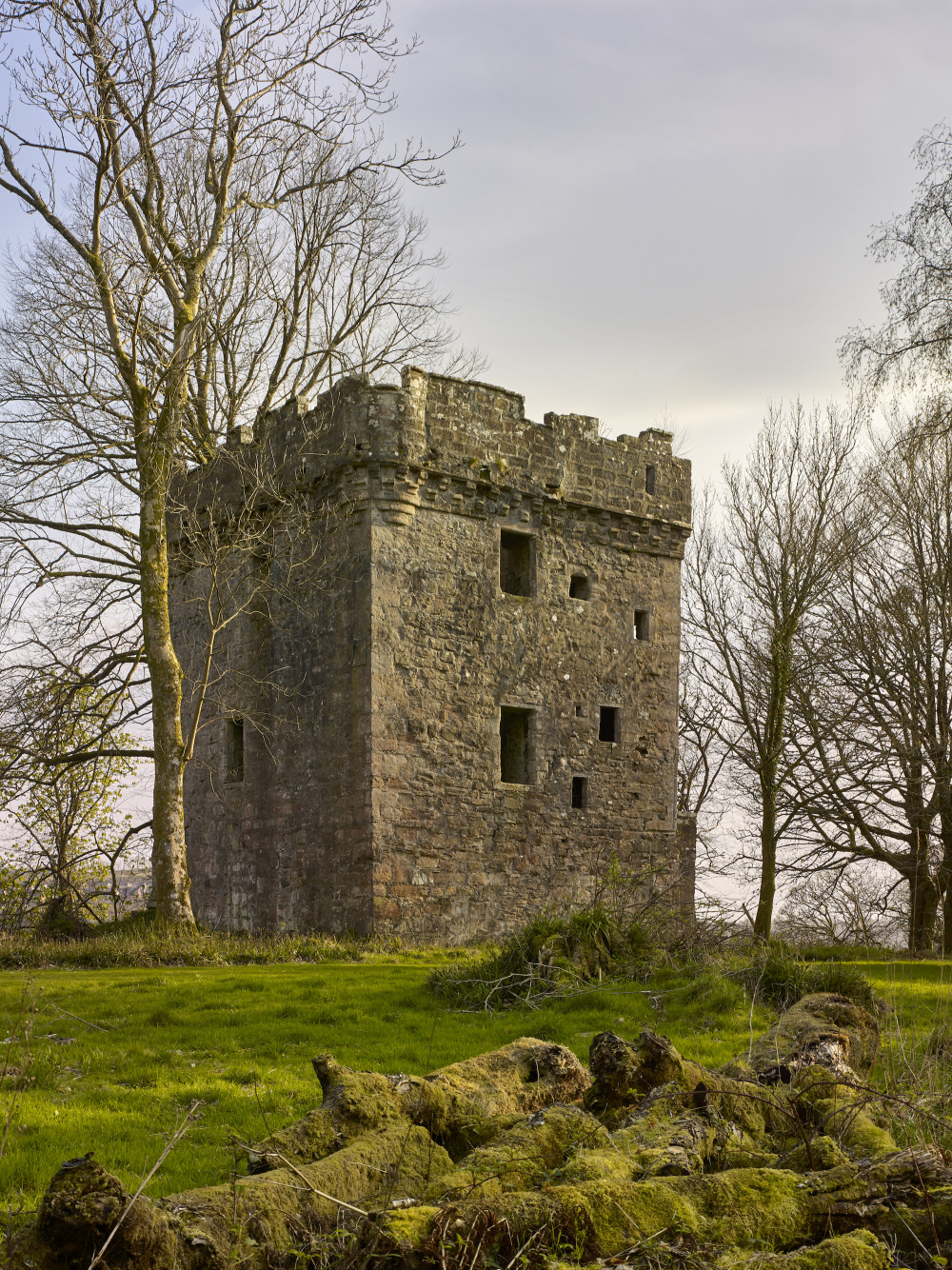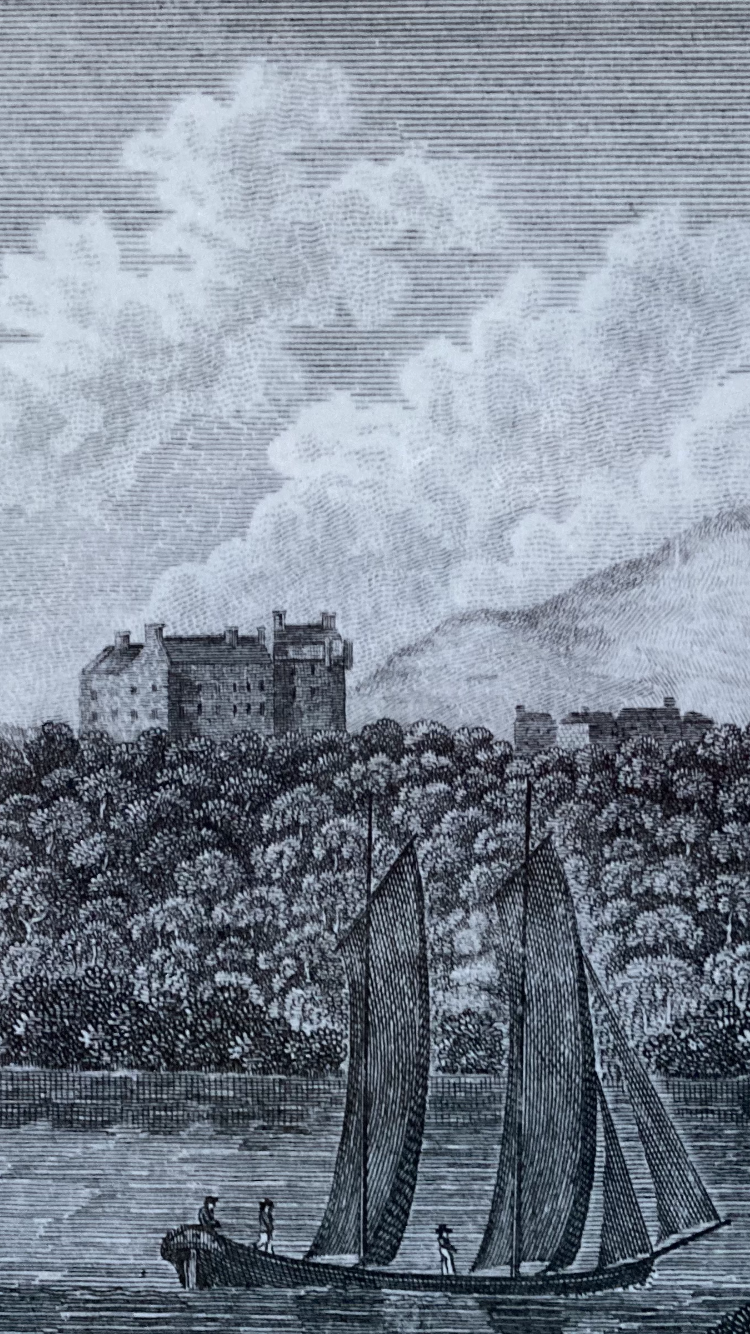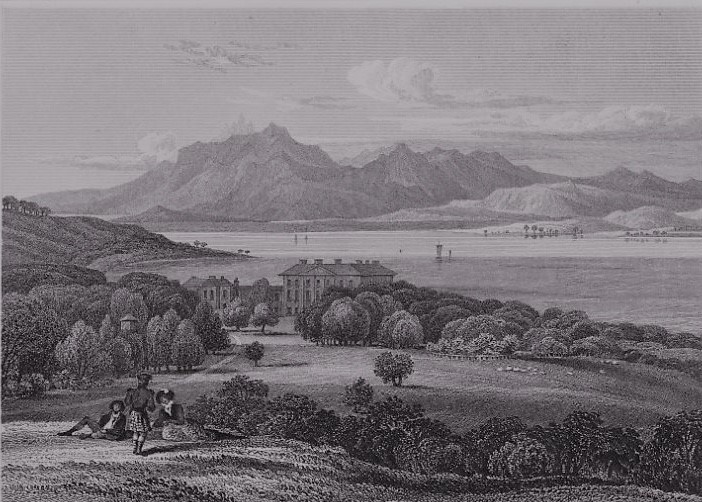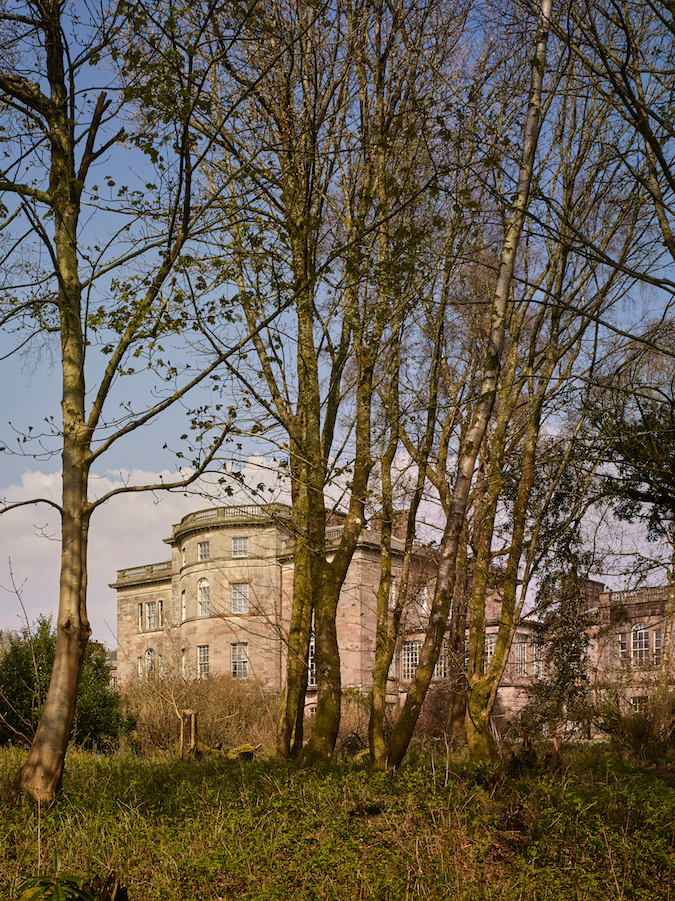Ardgowan House, Castle & Gardens
Over the course of 800 years, Ardgowan estate has evolved from a solitary watchtower to a modern country estate. There have been battles and witch hunts, Napoleonic adventures and wartime bombings. Encounters with Robert the Bruce, Napoleon and Florence Nightingale are woven into the estate’s colourful history.
14-16th centuries
Medieval Period
Originally built to ward off Viking attacks, the castle at Ardgowan became a flashpoint in the Scottish wars of independence. Robert the Bruce fought here twice, firstly on the side of the English and secondly as King of Scotland. After Bannockburn the lands remained in Bruce custody until King Robert III granted Ardgowan to his natural son in 1404 thereby laying the foundations for the family's link to the lands.
17th - 18th centuries
The Early Modern Period
In the 17th century, the family established the estate as we know it today, applying for Barony status and enlarging the medieval castle to build the first house of Ardgowan. Having been embroiled in the famous witchcraft trials of Inverkip, their staunch defence of the Royalist cause in the war of the three kingdoms, earned them their hereditrary title; one which they still carry to this day.
19th - 20th centuries
The Modern Period
The family fortunes were transformed by a fortuitous marriage with the Shaw family in the late 18th century which replenished the family's coffers, enabling them to build the present day house. In gratitude they took the name "Shaw" and so the name "Shaw Stewart" was born. The estate reached its apotheosis in the late 19th, early 20th century, before the house was requisitioned as an auxiliary hospital in WWI & WWII.
20th - 21st Century
The Present day
The current custodian, Sir Ludovic, alongside his partner Jen, and his mother and father before him have worked hard to transform the estate into a modern business, diversifying into renewables, hospitality and most recently the Ardgowan Distillery development which marks and new and exciting chapter in the estate's history.
